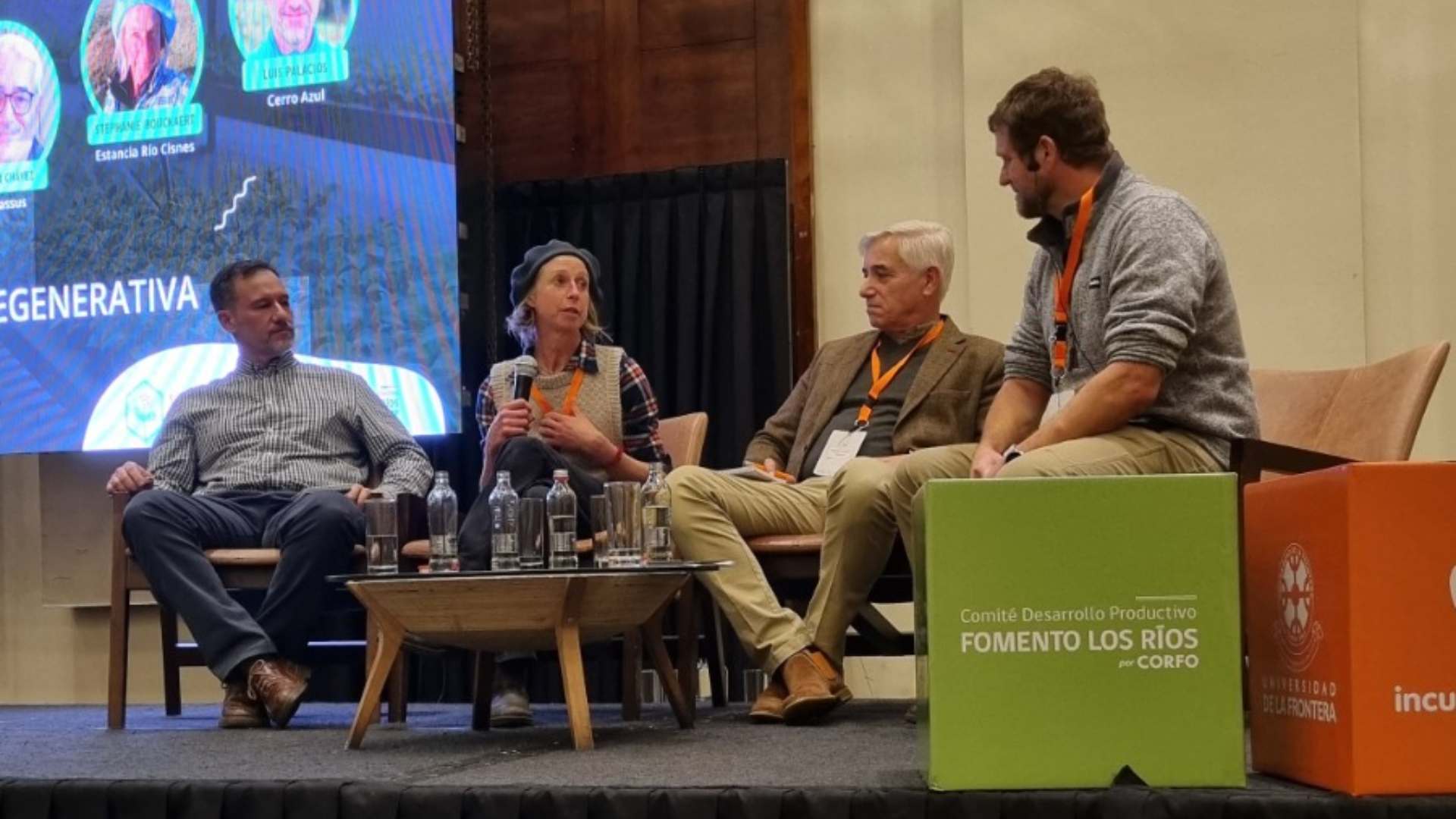
The solutions provided by Aquadetect arise from the application of diverse sciences such as geophysics, geology, agronomy and computational sciences to understand the processes of water dynamics in soils and aquifers. Thanks to this, the company provides its clients with an integral vision of the various actions that must be taken to achieve water security in a field. In this sense, Daniel Cabrera, general manager of Aquadetect, tells us “For us the soil is not just a pond that stores a certain amount of water. The soil is characterized by heterogeneities and hydraulic properties that determine the movement of water in the soil and we model these aspects, using as a source of information technologies that exist in the market and also our own R&D, which has positioned us as a reference in Agrogeophysics in Chile”. Aquadetect performs studies to optimize the investment in the construction of wells through hydrogeological and geophysical evaluations that allow us to recognize the presence of groundwater in properties and its extraction potential. In this way, recommendations are provided on where to drill and the characteristics that a well should have to ensure sustainable access to water and maximize the amount extracted at the time of drilling. In its commitment to the efficient use of the resource obtained, whether surface water or groundwater, the company has developed an innovative soil agro-geophysical studies service, thanks to which recommendations are provided to ensure maximum efficiency of irrigation water application by recognizing with high resolution the variability of the soil existing in the fields. This service makes it possible to design irrigation schemes that consider the water dynamics in each sector of the field and also to position sensors in sites that are truly representative of an area of the field. Finally Daniel Cabrera comments “In the area of irrigation, in the last decade in Chile we have seen important advances in the use of technology for efficient irrigation, monitoring and automation, as well as in digital agriculture, thanks to which we can check different variables of the field from the cell phone. The incorporation of technology is reflected in productivity and crop returns, but there is still more to do. The competitiveness of the agricultural sector requires us to constantly innovate as a country and today we must aim to achieve productive homogeneity with good quality fruit, for which we must know precisely the soil in which we cultivate to efficiently apply the different inputs required by the plant”.



 Related News
Related News Innovation, Sustainable Agriculture, and Agro-Food Value Chain were the Focus of Summit Agrifood Los Ríos
Innovation, Sustainable Agriculture, and Agro-Food Value Chain were the Focus of Summit Agrifood Los Ríos
 CfiAgrotech the first fair focused on agri-food innovation arrives in Santiago, Chile
CfiAgrotech the first fair focused on agri-food innovation arrives in Santiago, Chile
 First winners of CfiAgrotech’s “Despega Tu Emprendimiento” contest are announced
First winners of CfiAgrotech’s “Despega Tu Emprendimiento” contest are announced
